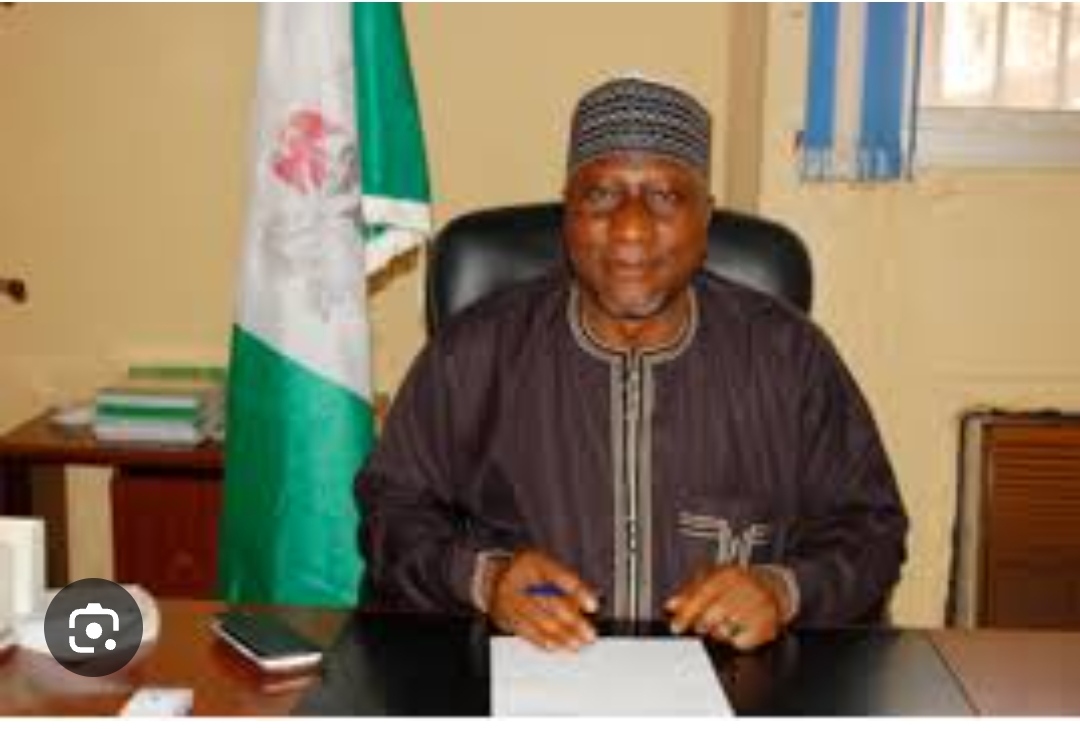Last week, social media sites were awash with commentaries regarding the registrar of the Teachers Registration Council of Nigeria (TRCN), Prof. Josiah Ajiboye’s claims about unqualified teachers. He asserted that about 70 per cent of private school teachers in the Southwest are untrained or unqualified.
Ajiboye explained that this was based on a survey of teachers in the Southwest. Incidentally, he said this at an event where the Council signed a Memoradum of Understanding with Intill Education, a South African company on a mission to develop high quality teaching capacity in Africa.
The TRCN boss added that a large number of teachers in Nigeria have never been exposed to training and have been using outdated equipment for illustrations. Although Nigeria has two million certified and registered teachers, according to the Federal Government, the nation needs an additional 250, 000 teachers per year to accommodate the expanding student population.
Recently, the United Kingdom government rolled out a policy to recruit teachers from Nigeria. We will lose people. This means Africa’s most populous country will lose many more teachers. Obviously, as they leave for the United Kingdom, there will be vacancies, although many have also argued that there are people here to replace everybody who goes away.
Two problems confront Africa’s largest economy here. On the one hand, Nigeria already has a shortfall in the quantity or number of teachers required to ensure the right teacher-pupil ratio for optimised learning outcomes. On the other hand, the quality of teachers is also under scrutiny.
Teaching is the mother of all professions. And if education is a tool for national development, then teachers are the ones using the tool box of education to groom nation-builders. Teachers are the nurturers of the nation’s talents and much care is required to nurture the nurturers too. Again, if a school is good as its teachers, this could be extended to nations.
However, something has gone wrong in the formation and public perception of these agents of social transformation. Teaching today is considered a profession for people who could not find a place in more lucrative industries. The education faculty of universities in Nigeria is seen as a dumping site for candidates rejected by other departments perceived as more important.
While there are other problems to be solved such as physical and digital pieces of infrastructure, changing this perception of teachers is an important step to take and Finland offers a model that could be adapted to Nigeria’ realities. This is also a long-term commitment to teachers and teaching development.
Setting the context – Finland’s model
According to Pasi Sahlberg, a Finnish educationist at Harvard who has done much to promote Finland’s ways overseas, educating all of its youth equally well was considered as the best way for a tiny, agrarian, and relatively impoverished nation to catch up with other industrialised countries.
In the early phase, during the 70s and 80s, there was strict central direction and control over schools, state-prescribed curriculums, external school inspections and detailed regulation, giving the Finnish government a strong grip on schools and teachers.
But a second phase, from the early 90s, consciously set out to create a new culture of education characterised by trust between educational authorities and schools, local control, professionalism and autonomy.
Schools became responsible for their own curriculum planning and student assessment, while state inspections were abandoned. This required teachers to have high academic credentials and be treated like professionals.
Teachers and teaching in Finland
Teachers in Finland are highly trained professionals who serve as crucial pillars of a society built on equality and a love of learning that lasts a lifetime. In order to stay up with the quick changes in technology and society, Finnish teacher education places a strong emphasis on the ability to solve problems independently.
The best teachers in the world can also be found in the nation with the highest levels of happiness. Finland places a high importance on education and is aware that effective instruction comes from qualified teachers. Teachers are encouraged to experiment with new ideas since they are respected experts and innovators.
Finnish schools and educators have a substantial amount of autonomy – and responsibility – to make decisions at the local level as opposed to a top-down model.
Teachers are in charge of evaluating their specific subjects since there are no required national standardised tests for students in basic education. The open atmosphere in Finnish schools supports independence, creativity, and innovation, for both teachers and students.
Teacher education
Finland has many universities that provide programmes in teacher education, allowing them to choose from the most qualified and motivated candidates. Finnish teachers are required to have a master’s degree in education or a related discipline before teaching elementary school. Put differently, it takes at least five years of post-secondary studies to become a teacher in Finland.
Entrance exams evaluate qualities including academic learning abilities and career aptitude. The goal of research-based Finnish teacher education is to provide students with the necessary skills for ongoing professional development.
But in addition to academic courses, pedagogical studies and supervised teaching practice, which are executed in the universities’ own practice schools, are also a part of teacher education.
Teaching, counseling sessions, and a closer examination of the duties and obligations associated with school life are all included in guided teaching practice. The goal is to create teachers who can solve problems on their own and who can grow both independently and in collaboration with their peers while also developing themselves and their community.
But education doesn’t stop after the teacher graduates. The Finnish educational system places a strong emphasis on lifelong learning, which is also a fundamental aspect of the workforce. There are tutor instructors that assist their colleagues, and every teacher in Finland has access to online learning. They must help other instructors use technology in teaching and learning in a way that is both instructional and relevant.
Takeaways for Nigeria
- Centralise initially, and decentralise later, at state and federal levels. In the early days of bringing about the Finnish education wonder, the controls were centralised for standardisation. However the reins were loosened and more autonomy given to local authorities and teachers much later. Nigeria’s 1999 Constitution as amended put education on the concurrent list. This means federal and state governments have jurisdiction over establishing schools. An initial form of central control will be required to formulate and implement transformational policies and standards. Then decentralisation follows according to clearly outlined metrics.
- Raise the standards for teachers training and education. Until recently, candidates required fewer credit passes to be admitted into colleges of education. This portrayed education in a bad light. It made education look like it was for the dregs of society. Raising standards will attract more suitable candidates and make teaching as attractive as medicine as it obtains in Finland.
- Give greater autonomy to teachers and create an atmosphere that supports creativity and independent problem solving.












